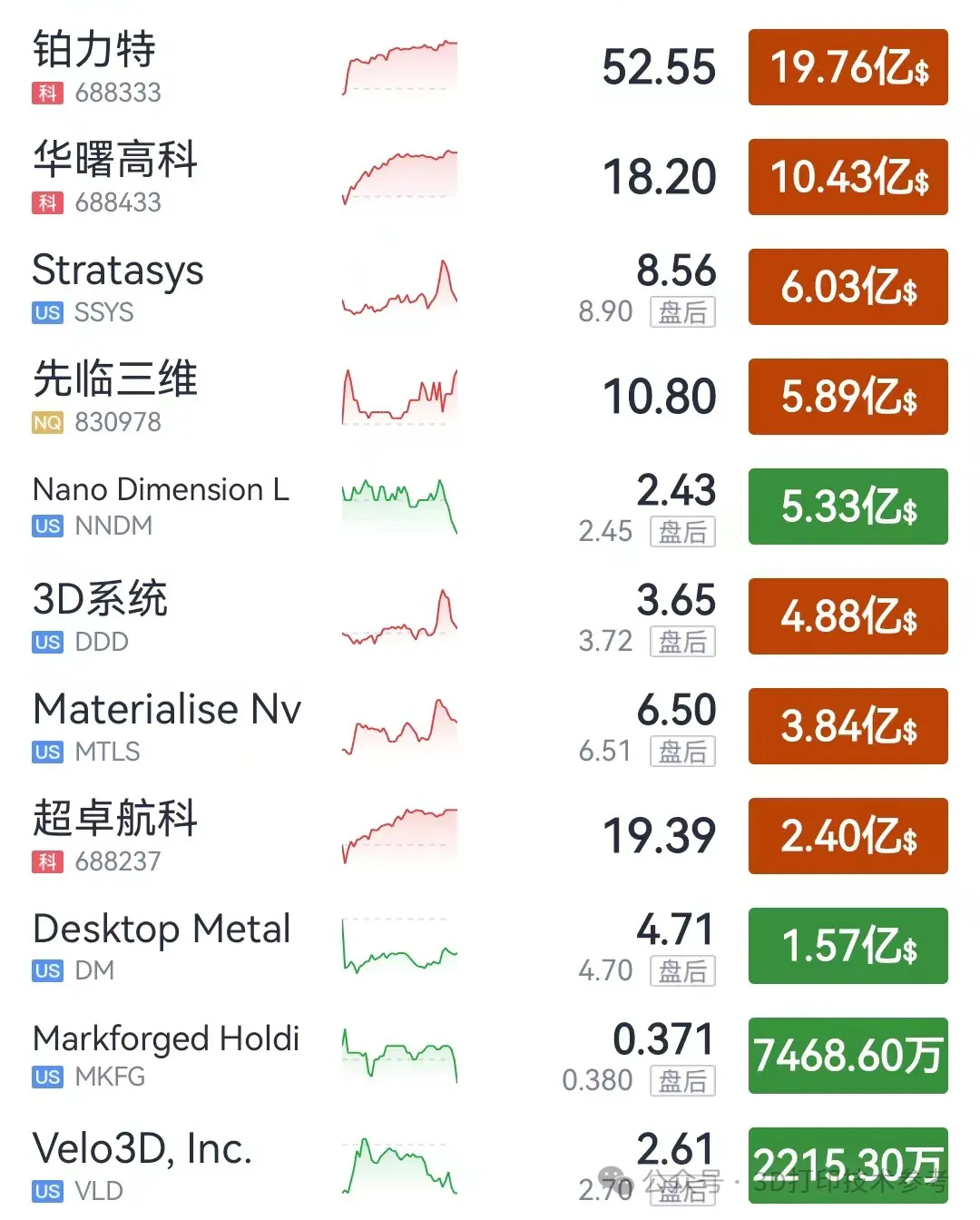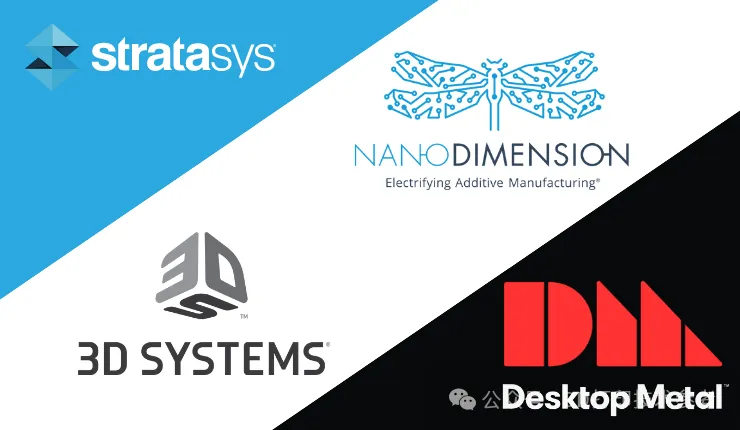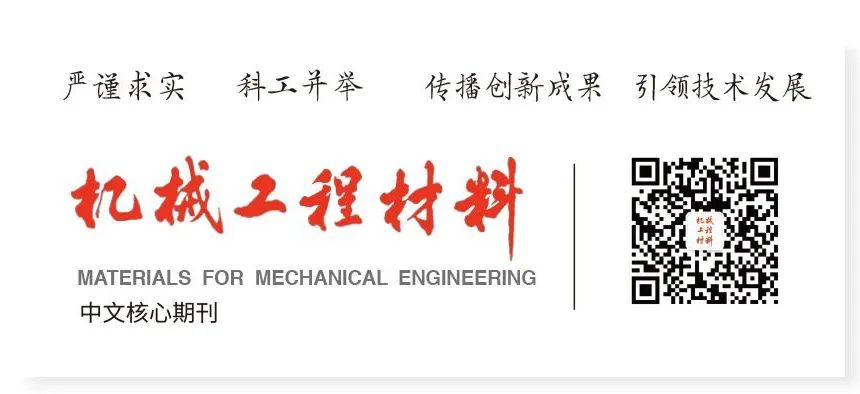


Industry Dilemma: Investment Decline, Market Cooling
Recent data shows that the 3D printing industry is overall experiencing a difficult period. During the North American exhibition, representatives from global 3D printing industry leaders such as Stratasys, 3D Systems, HP, EOS, Formlabs, and Nikon SLM Solutions participated in lectures and discussions. They collectively pointed out the current dilemmas faced by the industry: reduced investments, declining company valuations, and falling revenues.
This is directly reflected in market spending, where many leading companies have seen various situations such as decreased market spending, stagnant spending, and delayed payments, and even mass layoffs. This situation is not only happening abroad but is also true domestically.
To address these issues, industry experts have proposed two main solutions: corporate integration and expanding the adoption of 3D printing in manufacturing. These two suggestions undoubtedly have positive implications for cost control and revenue growth, but to truly address the fundamental problems, further exploration is needed.

Technical Status: Progress and Challenges Coexist
Behind this dilemma is the industry’s helplessness regarding technical bottlenecks and misunderstandings of market demand.
Although 3D printing technology has made significant progress in precision, speed, and material variety, its overall development level still struggles to meet the actual needs of the manufacturing sector. Many 3D printing companies focus too much on surface innovation of technology, such as improving printing precision and reducing layer lines, while neglecting the real demands of manufacturing for cost, speed, and scale.
At the same time, the market has not fully recognized the value of 3D printing technology, leading to decreased investment enthusiasm and consumer acceptance. This analysis is based on the overall industry status, where in some specific sectors, such as consumer electronics, there is actual progress being made, but it is still too early to say that scale effects are evident.
Investment Bubble Burst
Similar to the burst of the consumer 3D printing bubble in 2015, the current industrial 3D printing is facing the same dilemma. The decline of companies like Shapeways and Desktop Metal marks the burst of the industry bubble. Most companies are still struggling to survive, and even industry leaders like Stratasys are desperately selling at significant discounts to save themselves. The historical lesson is that merely improving the technology itself without addressing fundamental issues cannot achieve long-term development.

Solutions: Return to Essentials, Seek Breakthroughs
In response to the above issues, the 3D printing industry needs to improve and break through from the following aspects:
Future Outlook: Challenges and Opportunities Coexist
Looking ahead, the 3D printing industry will continue to face numerous challenges and opportunities. On one hand, with continuous technological advancements and gradual market maturation, 3D printing technology is expected to find applications and promotion in more fields; on the other hand, improvements in traditional manufacturing processes and the rise of emerging technologies will also pose competitive pressures on 3D printing. Therefore, 3D printing companies need to maintain keen insight and innovative capabilities, continuously seeking new breakthroughs and growth points.
In summary, the 3D printing industry is at a critical development stage. Only by facing problems, returning to essentials, and seeking breakthroughs can it maintain an undefeated position in fierce market competition and contribute greater strength to the transformation and upgrading of the manufacturing industry.


Source: 3D Printing Technology Reference

